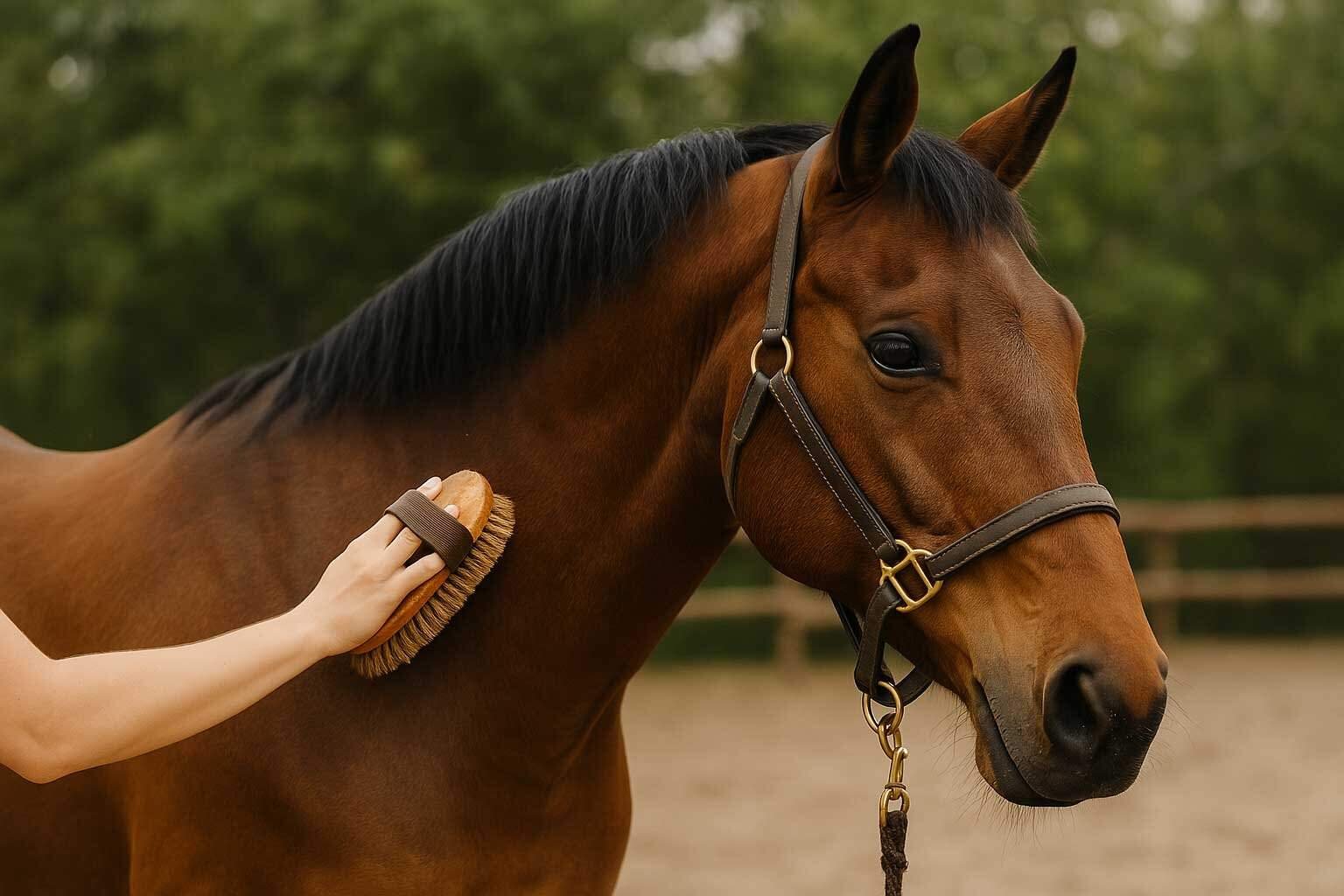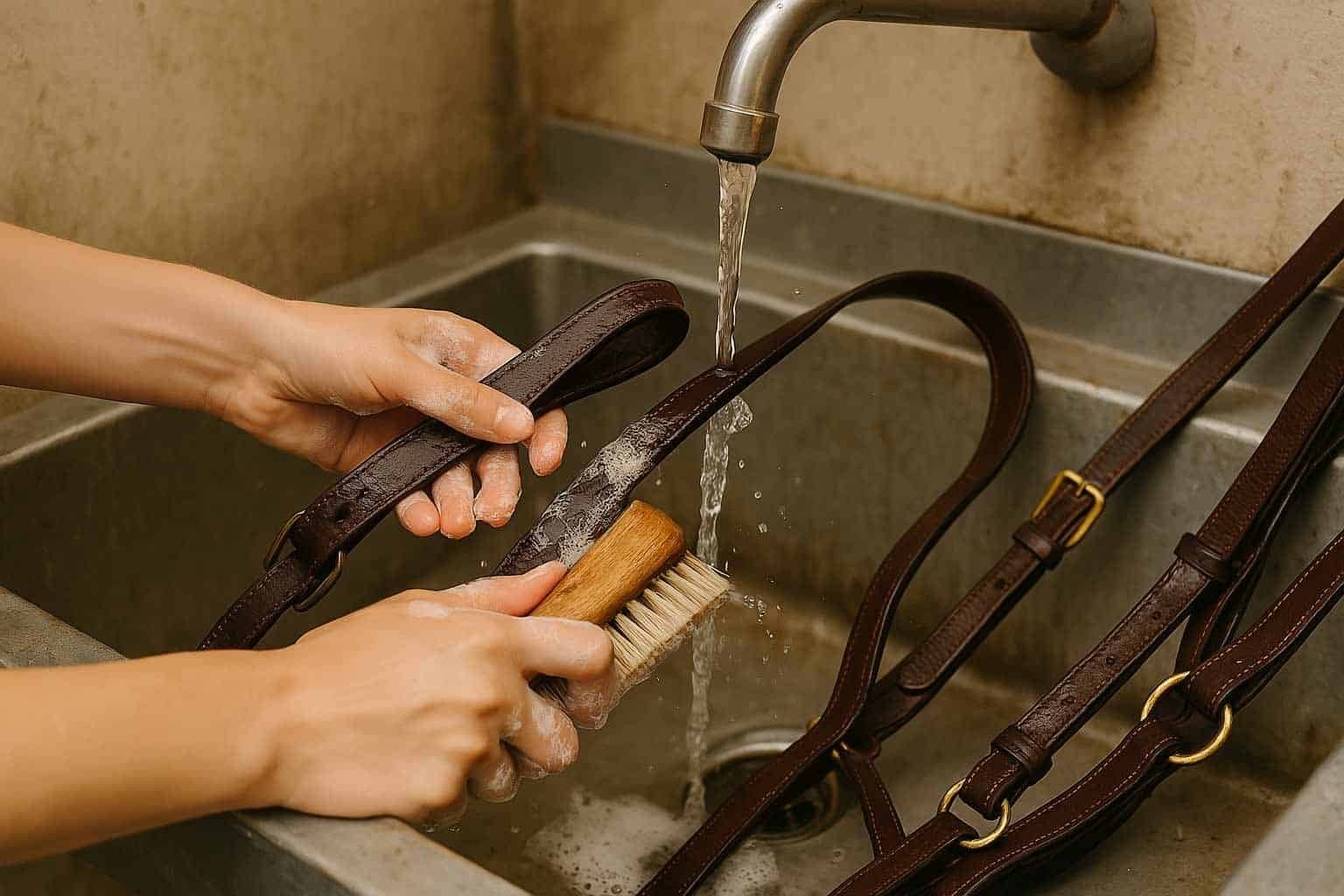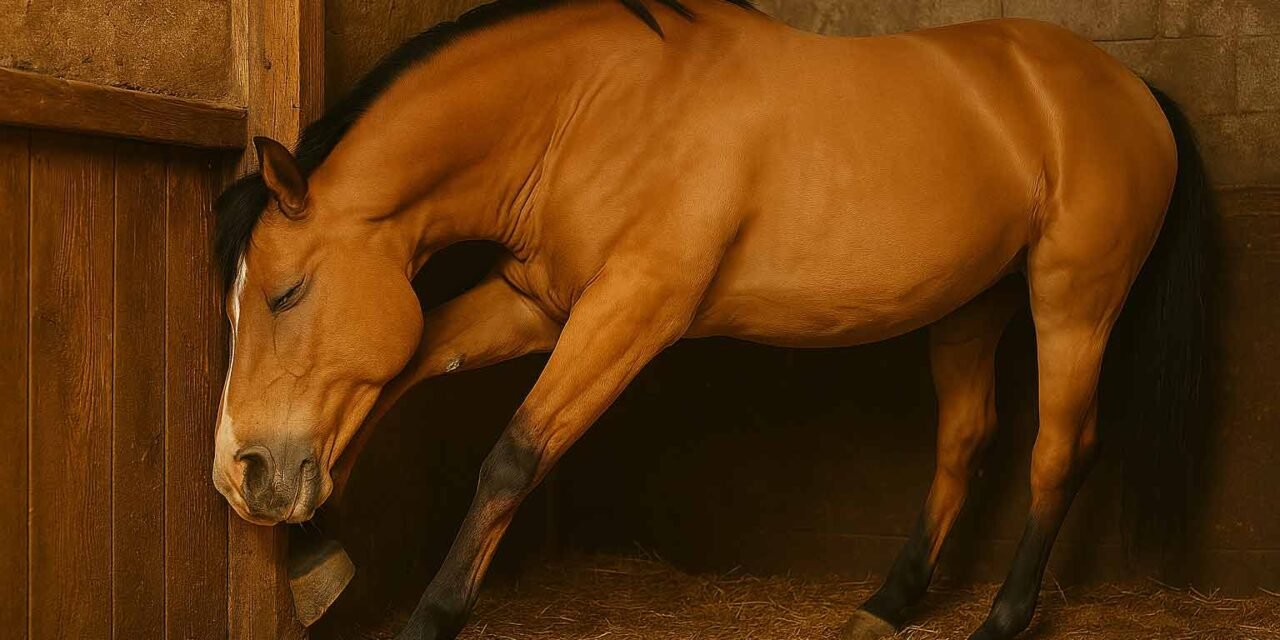Fleas are a common nuisance for many animals, and while they are more frequently associated with dogs and cats, horses can also be affected. Fleas on horses can cause irritation, discomfort, and even lead to more severe skin conditions if left untreated. Thankfully, with proper care and attention, you can eliminate fleas from your horse and prevent future infestations. Here’s a step-by-step guide on how to effectively get rid of fleas on horses.
- Identify the Problem
Before treating your horse, it’s essential to confirm the presence of fleas. Look for these signs:
- Itching and Scratching: Horses infested with fleas may rub against fences, trees, or other objects to relieve their itch.
- Biting at the Skin: Horses may bite themselves in areas they can reach, like their legs or flanks.
- Flea Dirt: Small black or brown specks (flea feces) may be visible in your horse’s coat, particularly in areas where the skin is thinner.
- Hair Loss or Redness: Flea bites can cause irritated, reddened skin or patchy hair loss in severe cases.
- Groom Thoroughly
Start by grooming your horse to remove fleas and their eggs.
- Use a Fine-Toothed Flea Comb: Comb through the horse’s coat, paying close attention to areas like the mane, tail, belly, and inner thighs. Dip the comb in soapy water after each stroke to kill the fleas. Recommended flea comb.
- Brush Regularly: Grooming helps to distribute natural oils in the coat and remove loose hair, dirt, and fleas.

It’s important to groom your horse regularly to keep it from getting fleas.
- Wash with Anti-Flea Products
Specialized equine shampoos designed to kill fleas can be very effective.
- Choose a Horse-Safe Flea Shampoo: Ensure the product is specifically formulated for horses, as some flea treatments for other animals may be too harsh.
- Apply Thoroughly: Work the shampoo into the coat, ensuring it reaches the skin. Leave it on for the recommended time before rinsing thoroughly.
- Rinse Well: Residual shampoo can irritate your horse’s skin, so be sure to wash it off completely.
- Treat the Environment
Fleas often live in the horse’s environment, not just on the horse.
- Clean Stalls and Bedding: Remove and replace old bedding, and thoroughly clean the stall. Use a horse-safe insecticide or flea spray to treat the area.
- Treat Pastures and Surroundings: Apply diatomaceous earth or equine-safe pest control products to areas where your horse spends time.
- Wash Tack and Equipment: Fleas and their eggs can hide in brushes, blankets, and saddles. Wash these items with hot water and soap.

- Use Preventative Measures
Once the fleas are gone, taking preventive measures is key to avoiding reinfestation.
- Spot-On Treatments or Flea Sprays: Use horse-specific flea repellents regularly. Consult your veterinarian to ensure the product is safe and appropriate for your horse.
- Keep the Environment Clean: Regularly clean stalls, paddocks, and other areas where your horse resides.
- Monitor Other Animals: Fleas can transfer from other animals like dogs, cats, or wildlife. Keep these animals flea-free to protect your horse.
- Consult a Veterinarian
For severe infestations or if your horse shows signs of allergic reactions, skin infections, or other complications, consult your veterinarian. They can recommend prescription-strength treatments or additional steps tailored to your horse’s needs.
Conclusion
Dealing with fleas on horses requires a combination of diligent grooming, proper use of treatments, and maintaining a clean environment. By following these steps, you can ensure your horse stays comfortable and flea-free. Regular checks and preventative care will help protect your horse from future infestations, keeping them healthy and happy.



